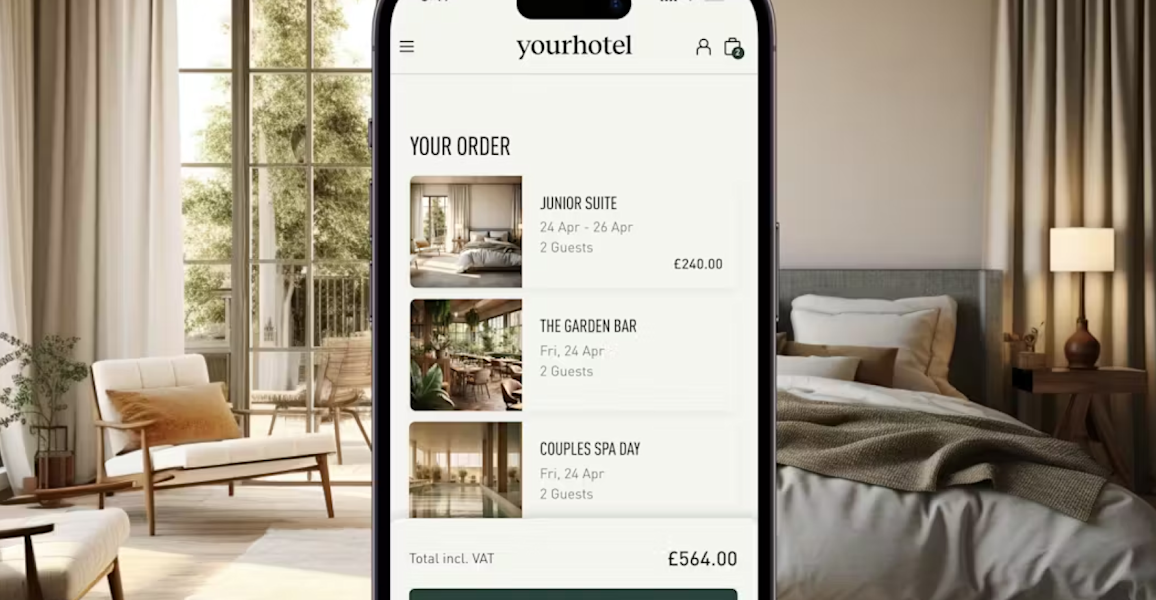Challenge
Jobber's mission is to help small businesses be successful. That means helping home service professionals—ranging from cleaning services to HVAC technicians—manage the full customer lifecycle, from generating quotes to scheduling crews, servicing homeowners, invoicing them once the job is done, and accepting payments via Jobber Payments, powered by Stripe.
Jobber Payments enables the many service providers who still rely on paper checks or cash payments to digitize their businesses and more easily manage and review their finances. It’s also a revenue stream for Jobber, which is why the platform wanted to better understand its own underlying payments costs.
Analyzing high-level, cost-related KPIs was possible, but the real challenge was the inability to understand its network costs—fees passed through by Stripe from financial networks. Because of this, it couldn’t do anything to influence the fees. The finance team also wanted to identify underlying trends (e.g., industry changes to card interchange fees, downgrades, or increases in card brand fees) that would drive business decisions.
Network costs were seen as a black box, which hampered the team’s ability to make adjustments to its payments strategy. “We didn’t have the level of detail we wanted, and analysis felt more like an art than science,” says Nikhil Gandhi, finance manager at Jobber. “We had a top-level overview and could say that cost went up or down by X%, but we didn’t know what was driving that change.”
Solution
Previously, Jobber relied on the Stripe Dashboard to review user performance metrics. This included monthly and annual growth rates, as well as metrics such as gross payment volumes, average transaction sizes, and customer acquisition rates. “If these numbers were performing well, that was great. If not, Stripe helped drive more strategic discussions in our decision-making process as we spoke to our leadership team,” says Gandhi.
With the new Network cost insights report, Jobber was able to uncover the insights it needed to make better-informed decisions for itself and its customers. Monitoring historical changes in its network costs gives Jobber the ability to measure the impact of network cost changes and identify ways to optimize those costs. This leads to clearer visibility into core business costs, such as merchant fees associated with customer corporate and business cards.
“The report gives us more information about network costs, which are a significant part of our payments business. Having a pulse on these costs is essential for me because it means the team can make better recommendations on things like profitability by card type to our senior leadership,” Gandhi adds. “We can grow more reliably now that we have more information.”
Results
Reduced $90K+ in cost overages from deeper insights into cost data
Improved access to more reliable data through the Network cost insights report has improved the team’s ability to find clear patterns at a glance in key cost data points such as average transaction sizes, refunds, and interchange fees.
“If I compare monthly costs and see anything out of the ordinary, I can go back to either the business or the engineering team to try to understand what’s driving the change,” says Gandhi. “One month, we’d identified that there were more than $90K in cost overages. With the Network cost insights report, we were able to diagnose why that happened and prevent similar anomalies from happening.”
With more accurate reports, Jobber is able to refocus its efforts on improving other areas of the business rather than manually sifting through cost data.
Saving 36+ hours per quarter across multiple teams with user-focused reporting tools
Jobber’s finance team has saved hours by being able to pull reports and slice and dice its own data without additional help from engineering colleagues.
“If I wanted to download the transactional information before Network cost insights, I would either need to learn a new programming language or get someone who knows it to generate the data for me. And that’s all before I could begin my analysis,” says Gandhi.
Network cost insights remove this barrier for nontechnical employees. It’s turned more than four days’ worth of work per quarter, spread across multiple team members, into a few simple clicks.
Jobber’s finance team can also export this data as a CSV to break it down and review it in different ways. Having the option to export and manipulate the data means that Jobber can use the data based on the needs of a specific report, meeting, or project.
Making more informed, cost-related decisions
More concise trend information allows Jobber to prepare for larger scale financial plans and retain a higher degree of confidence in reporting those plans to the leadership team. “Now, I can go into executive meetings, show them my assumptions about future performance, and share the data that backs up those assumptions,” says Gandhi.
Rather than simply relaying that downgrades are higher or lower than average, for example, the team can tell a story of historic downgrade trends to make sense of the trendlines and better plan for the future and ensure its small business owners are more successful.
The Network cost insights reports are constantly evolving for the better. I can’t imagine going back to a time when I didn’t have these insights at a click of a button.

